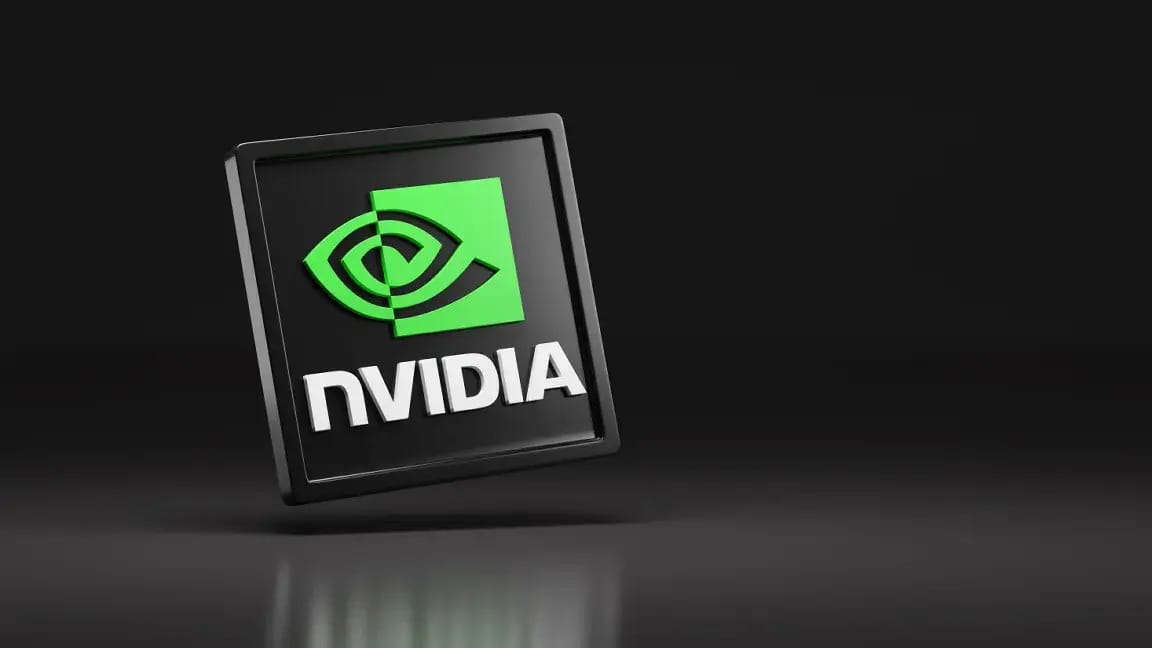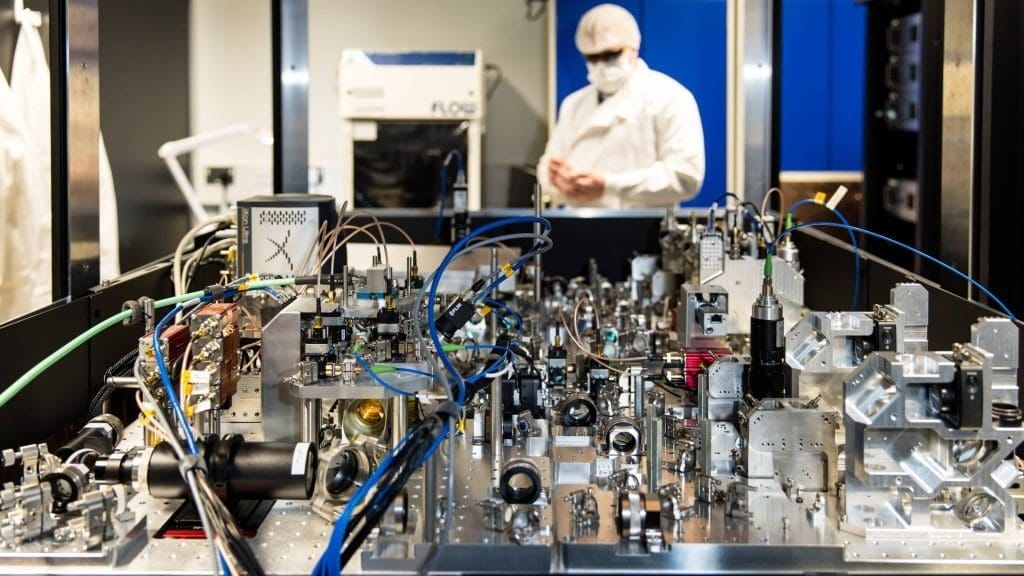- The Quantum State
- Posts
- The Quantum State – July 2025 Edition
The Quantum State – July 2025 Edition
A monthly newsletter by BTQ Technologies
From my experience, most organisations aren’t focusing on quantum yet. Therefore, the current level of preparedness is not at the standard where it should be."
Quantum computing made concrete strides this June — driven by benchmarking initiatives, hardware launches, and strategic alignments across photonics, security, and hybrid workflows.
From a full analysis of the major player roadmaps to make quantum computing a reality by 2030, IonQ’s applied AI studies, and QCi’s operational photonic foundry, we’re seeing tangible movement from roadmap to execution.

BTQ is developing the Quantum Stablecoin Settlement Network (QSSN), a next-generation framework designed to help banks, payment providers, and digital asset platforms issue stablecoins with built-in quantum security. The company showcased how QSSN could enable a quantum-safe version of JPMorgan's USD deposit token (JPMD), aligning with U.S. quantum resilience mandates. With stablecoin adoption exceeding $225 billion and regulatory momentum growing, QSSN positions BTQ as a critical infrastructure provider for securing tokenized assets. BTQ also aims to help shape emerging standards through its longstanding collaboration with NIST, ensuring quantum-secure stablecoins are both technically robust and policy-compliant.
BTQ Technologies Announces Strategic Partnership with QPerfect to Achieve Quantum Advantage Using Neutral Atom Quantum Processors
BTQ Technologies and QPerfect have formed a strategic partnership to develop quantum-secure applications leveraging neutral atom quantum computers. Combining BTQ's cryptography and quantum algorithm expertise with QPerfect's emulation and error correction technology, the collaboration will focus on delivering fault-tolerant quantum solutions for secure transactions, smart contracts, decentralized identity, and quantum money. A formal development roadmap is set for June 30, 2025, aligning with QPerfect CEO Philippe Blot's participation in the France Quantum roundtable held under the High Patronage of President Emmanuel Macron.

BTQ's CASH architecture delivers ultra-fast, energy-efficient cryptographic performance, processing up to 1 million signatures per second and supporting both current and quantum-safe encryption. Designed for payments, IoT, identity, and telecom, CASH positions BTQ as a leader in securing global infrastructure for the quantum era.
Quantum Infrastructure & Investment
 IonQ Announces Intention to Acquire LightsynqIonQ has entered a definitive agreement to acquire Lightsynq Technologies, a startup specializing in photonic interconnects and quantum memory to accelerate IonQ’s quantum computing roadmap. |  QCi Opens U.S.-Based Quantum Photonic Chip Foundry in ArizonaQuantum Computing Inc. has launched a new photonic chip foundry in Tempe, AZ, accelerating domestic production of thin-film lithium niobate chips for telecom, datacom, sensing, and quantum computing |
 Nvidia’s Possible Investment into PsiQuantumRumors swirl suggesting that Nvidia is involved in serious talks to invest in PsiQuantum. |  Maryland’s New Quantum HubARPA partners with Maryland to drive quantum innovation and strengthen the ‘Capital of Quantum’. |
Quantum in Industry
IonQ Pushes Quantum into Practical AI Workflows
IonQ demonstrated quantum-enhanced applications in both LLM fine-tuning and industrial generative AI.
Their hybrid model boosted classification accuracy in LLMs while reducing energy demands, and a quantum GAN outperformed classical counterparts in generating synthetic steel microstructure images, aiding data-scarce manufacturing workflows.
These experiments signal growing momentum behind hybrid quantum-AI systems, especially where training data is limited, inference costs matter, and quality is paramount.
Quantum Computing Breakthroughs
 Nord Quantique Unveils Multimode Qubit for Scalable Error CorrectionNord Quantique has introduced a superconducting cavity qubit with built-in redundancy, claiming it could reduce quantum error correction overhead by 50x. |  University of Tokyo Upgrades IBM System OneUniversity of Tokyo plans to deploy the latest 156-qubit IBM Heron with 3-4x performance improvements. |
 Single Atom Acts as a Quantum Computer and Simulates MoleculesA quantum computer has used a single atom to model the complex dynamics of organic molecules interacting with light. |
Quantum Security & Blockchain
 BTQ & Quandela Partner on Quantum-Secure Proof-of-WorkBTQ Technologies signed an MOU with Quandela to test its Quantum Sampling Proof-of-Work protocol using photonic quantum data. |  Honeywell, Nokia, Colt Collaborate to Combat Quantum Security RisksHoneywell, Nokia and telecommunications multinational Colt Technology Services have announced a strategic collaboration to pioneer quantum-safe networking using satellite communications. |
 Google Researcher Lowers Bar for Cracking EncryptionGoogle published a preprint demonstrating that 2048-bit RSA encryption could theoretically be broken by a quantum computer with 1 million noisy qubits running for one week, a decrease of 20x of previous estimates. |  Quantum eMotion Tapes Out First QRNG Chip with TSMCQuantum eMotion announced the successful completion and validation of its first-generation Quantum Random Number Generator (QRNG) chip design. |
Quantum Sensing
 Infleqtion raises $100M Series CThe funding will be used to scale its atom-based quantum computing, sensing, and precision timing technologies. |  USC Breaks Quantum Sensing Limits with New ProtocolUSC researchers have developed a coherence-stabilized sensing method that boosts quantum sensor performance by up to 65%—without complex feedback or entanglement. |
📊Market Insights
Quantum Roadmaps: Industry Giants Plot Paths to AdvantageFrom IBM’s 4,000-qubit utility-scale systems to Microsoft’s Majorana-based topological core, updated roadmaps from major players reveal diverging bets on how to reach fault tolerance and market dominance. While timelines span 2025–2030, immediate momentum is forming around modular architectures, logical qubits, and neutral atom scaling. | NIST Releases “Considerations for Achieving Cryptographic Agility” WhitepaperNIST Pushes Forward on CSWP 39 Draft and outlines strategies for cryptographic agility, enabling systems to swap encryption algorithms without disrupting operations. Early draft focuses heavily on PQC, but the underlying push is broader: crypto agility is now essential, not optional. |
📬 Stay Connected
From quantum-trained AI and fault-tolerant benchmarks to crypto migration and sensing in orbit, the pace of quantum progress is accelerating. If you’re building, investing, or exploring in this space—we’d love to hear from you.
Contact us at [email protected]
Follow BTQ for real-time updates and research